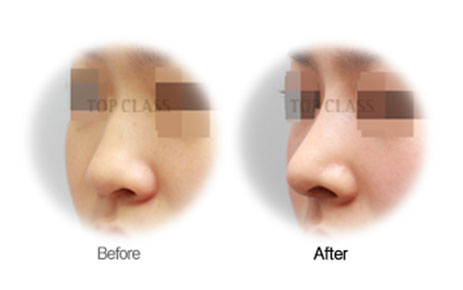

The ideal shape of the tip of the nose has overall narrow width from the front, and curves slightly upward, on the other hand, the tip of the nose that is angled slightly upward but doesn’t show the nostrils from the front is the ideal.
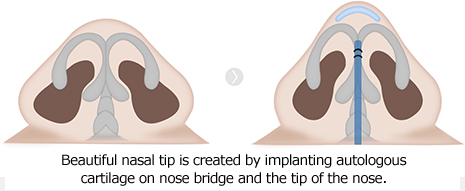
Case01
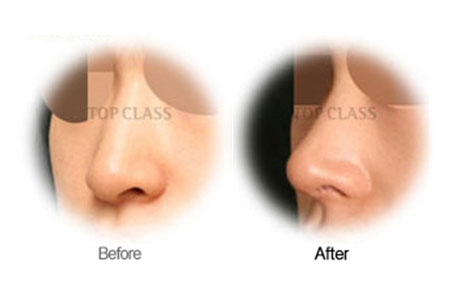
Case02
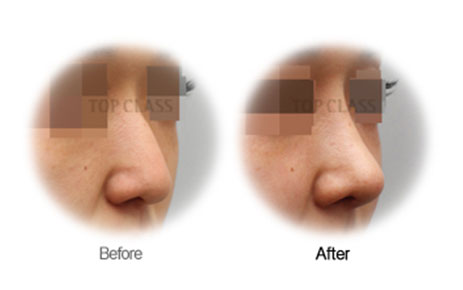
For wide nose tip with flat bridge, the nasal column cartilage is
used to raise the nose tip, and the bridge is also raised accordingly.
Case03
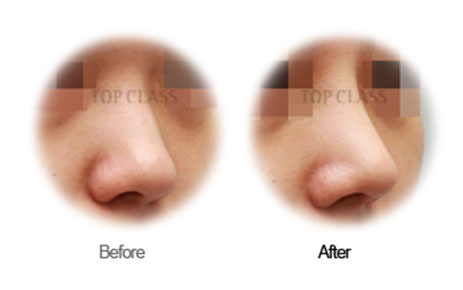
Case04
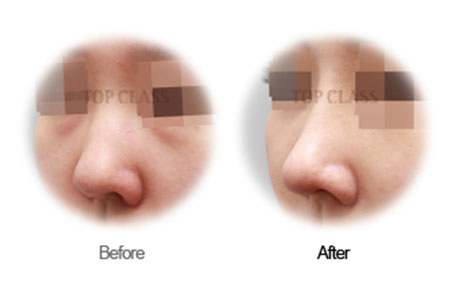
Case01
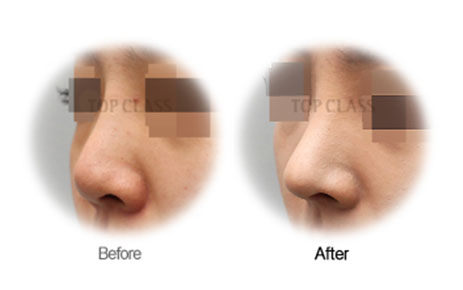
Case02
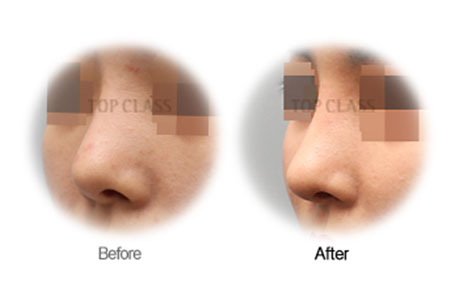
The point of the nasal tip is dropped by holding down the lifted wing cartilages
at the tip of the nose and fixing them to the column transplanted between the nostrils.
Case03
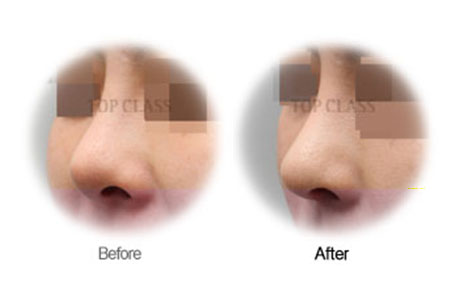
Case04
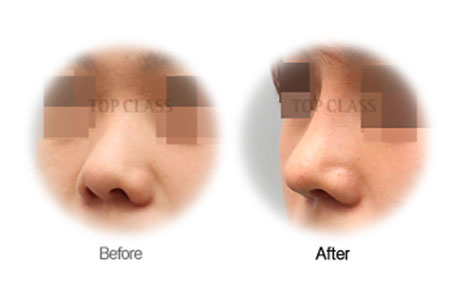
The nose tip drooping downward is raised,
and the volume of the nose tip is reduced by closing the wing cartilages together.
Case01
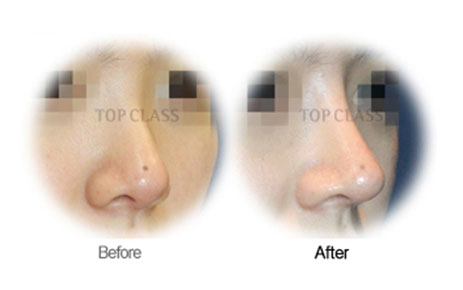
Case02
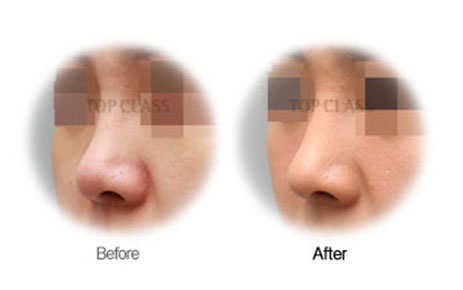
The nose tip is raised with septal or costal cartilage and the procedure is
followed by rhinoplasty appropriately for a natural look.
Case03
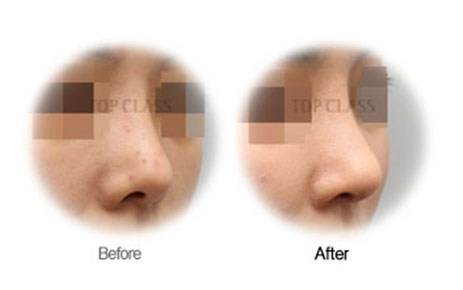
Case04
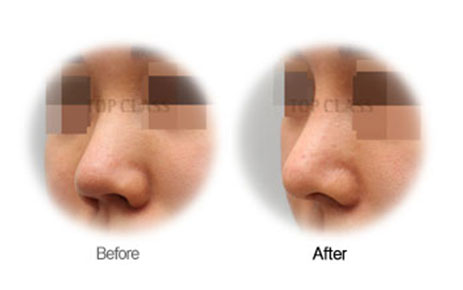
Case01
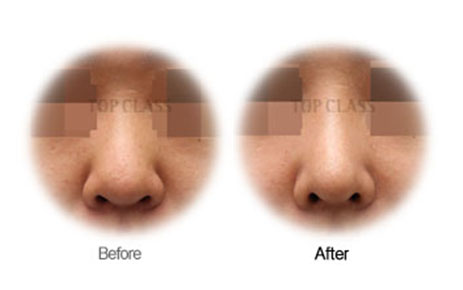
Case02
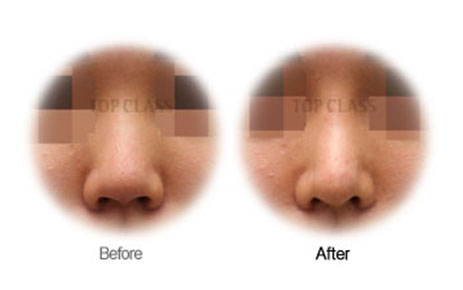
The volume of the nose tip is reduced by partially eliminating the soft tissue and the wing cartilages of
the wide nose tip and closing together the wing cartilages that used to be parted to raise the nose tip.
Case03
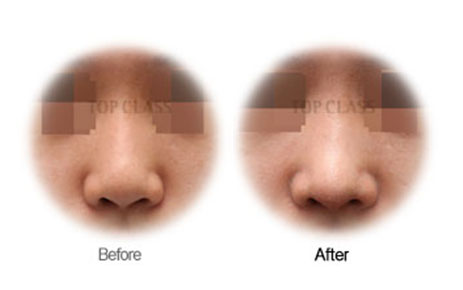
Case04
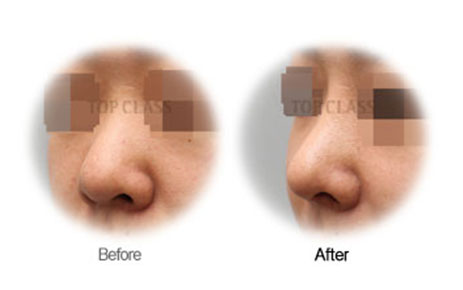
Surgery to hold the nasal bone and the nasal
septum cartilage together is needed to correct
noses that typically result from injuries

Procedure for deviated nose is a difficult surgery that requires breaking the nasal bone on command and transporting the nasal septum cartilage with ease, and needs to be proceeded by specialists with plenty of experience.
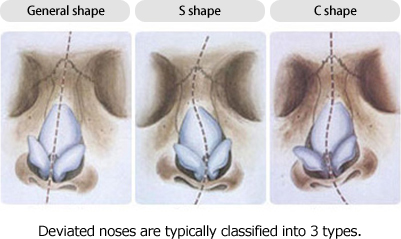
Case01C-type deviated nose is corrected through osteotomy,
and the nasal septum and the nose tip are correctly
placed onto the middle line.
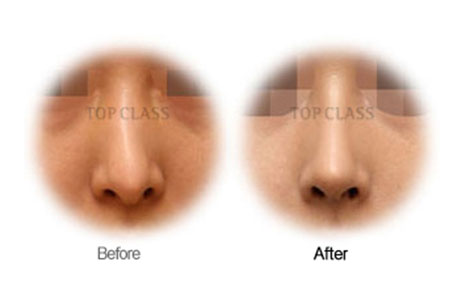
Case02A severely deviated nose is corrected through
combining osteotomy and the Camouflage method,
which redeems the curvature directed inward
by putting cartilage over it.
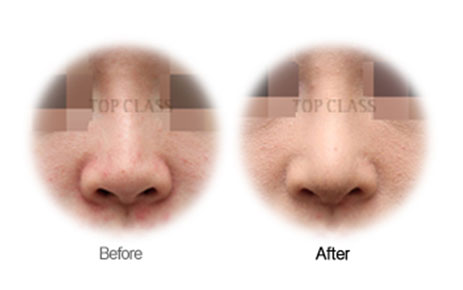
Case03In cases with mainly the lower nasal septum cartilage
bent rather than the nasal bone, the curved nasal
septum cartilage is corrected, and the nose bridge and
tip are corrected at the same time.
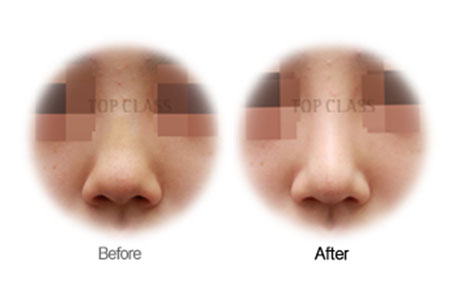
Case04In cases of not only bent, but also bulbous nose,
a straight, petite, and feminine nose can be achieved
through osteotomy and nose tip surgery.
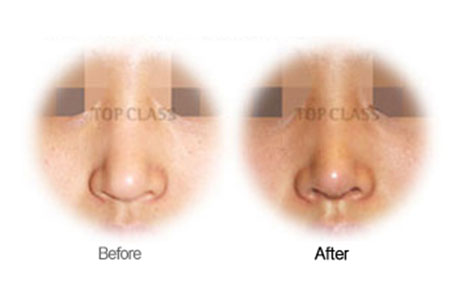

Long nose/arrow-shaped nose s a nose that appears too long
for the face that requires corrective surgery if the nose tip points ,
downwards, making the nose appear arrow-shaped.
Case01The alar cartilages drooped downward are raised,
and nasal septum cartilage is used to support
the nose tip from drooping again.
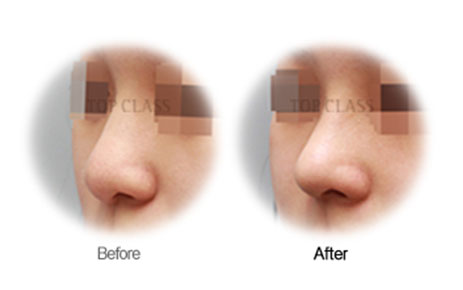
Case02The nasal septum descending muscle
that pulls the nose tip is restrained,
a short biju is planted as a cartilage column,
and the nose tip is shaped to angle slightly upward.
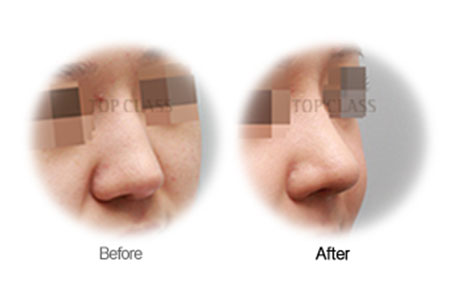
Case03The nose tip is raised upward and built high to
accentuate the refined nose line starting from the
forehead and ending at the nose tip.
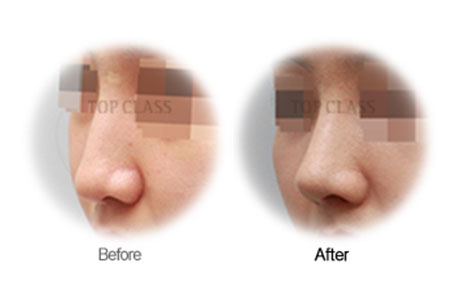
Case04The columella that protrudes
down is raised smoothly, a strong nose tip is
accentuated, and the nose bump is trimmed
to transform the nose to have a sophisticated shape.
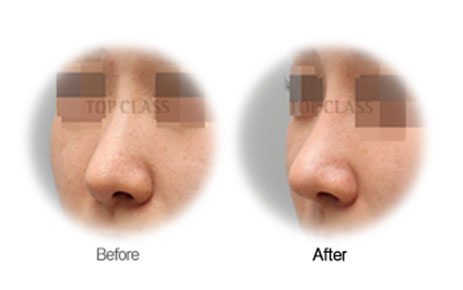
Case05The bridge of a hooked nose is lowered and trimmed
smoothly, and the point of the nose tip is raised
to an ideal position and is accentuated.
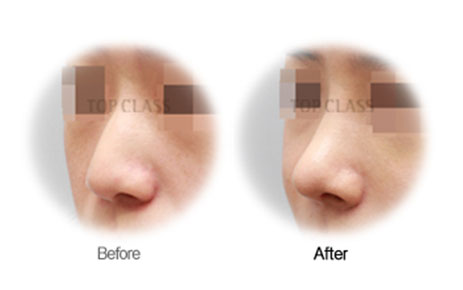
Case06The nose tip with overall underdeveloped tissue is
raised high through cartilage transplant, resulting in an
ideal angle between the nose tip and the upper lip.
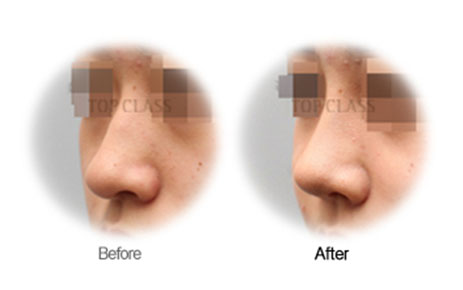
Case07The deformed arrow-shaped nose from the overgrowth
of the wing cartilages needs stronger nose tip column
as well as reduction in the size of the wing cartilages
themselves.
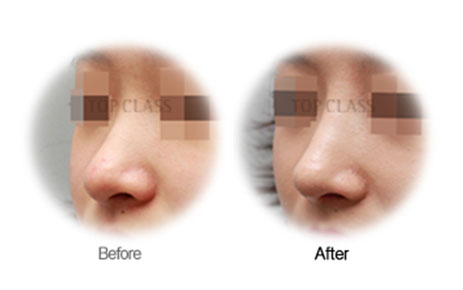
Case08Raising the nose tip of the arrow-shaped nose high
changes the nasolabial angle between the biju and
the upper lip, correcting protruded lips.
